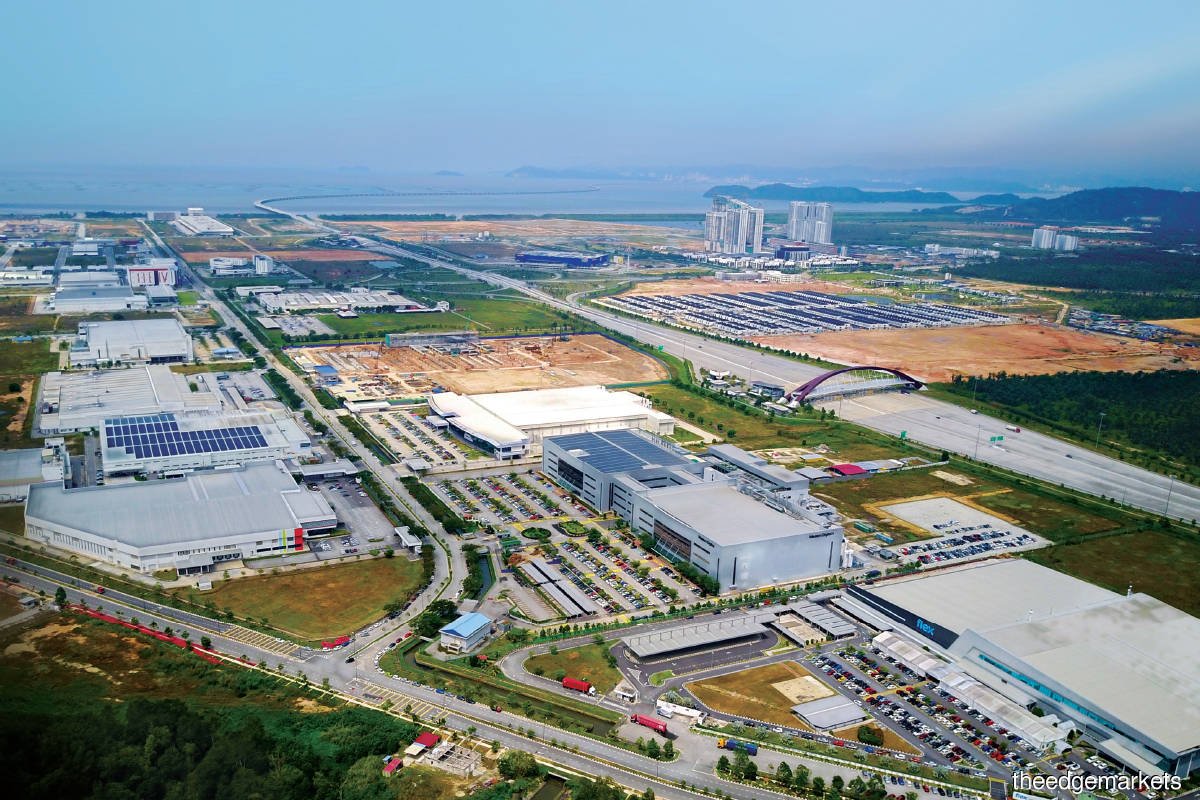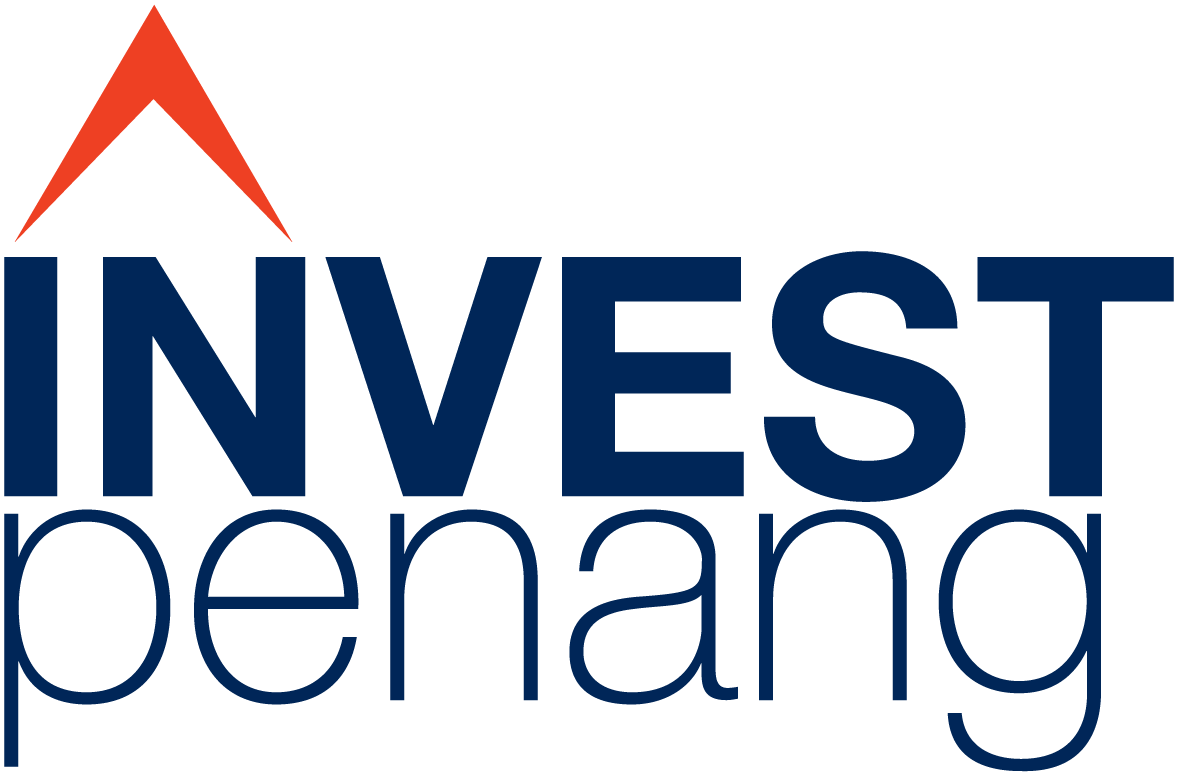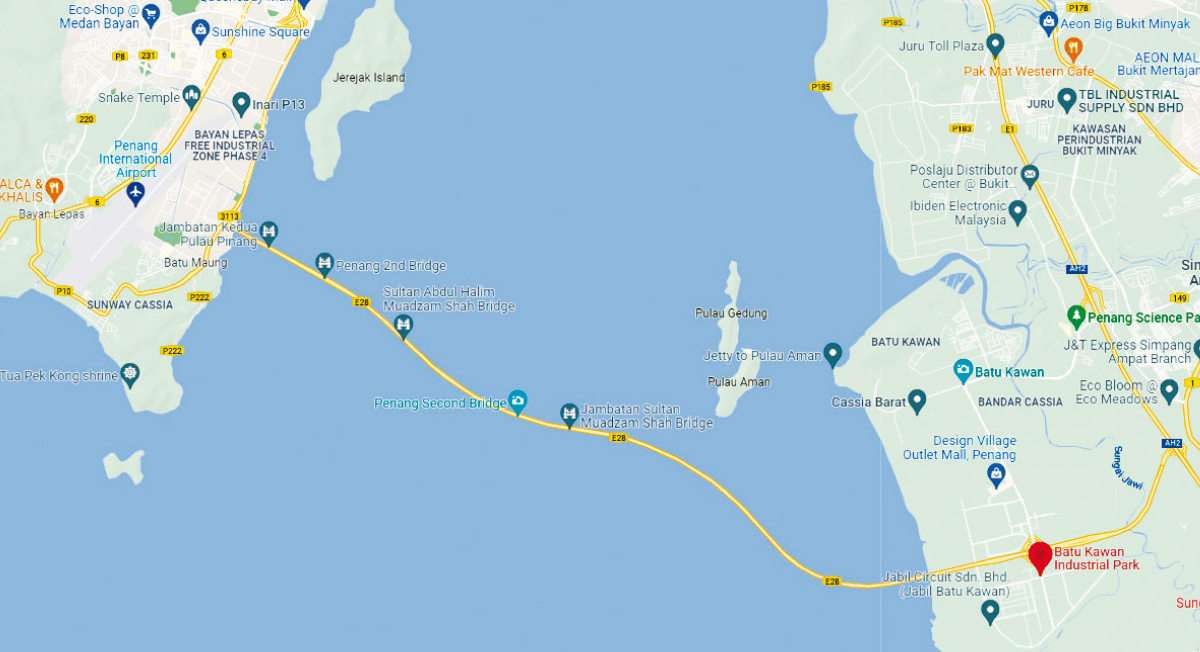


Nov 18 – Penang is often dubbed the Silicon Valley of the East, owing to its strong and vibrant electrical and electronics (E&E) ecosystem, which has evolved from being labour-intensive and low value-added to capital-intensive, knowledge-based and high-technology.
It began in the 1970s when The Eight Samurai — Intel, Robert Bosch, Clarion, Advanced Micro Devices (AMD), Hewlett-Packard (HP) (now Keysight Technologies and Agilent Technologies), Litronix (now Osram Opto Semiconductors), Hitachi (now Renesas Electronics) and National Semiconductor — established their operations in Penang. National Semiconductor no longer operates in Penang after being acquired by Texas Instruments.
As the E&E sector continues to grow with the adoption of new, innovative and advanced technology, the multinational corporations (MNCs) have created opportunities for other mid- and downstream players, as well as local companies that provide supporting activities.
Penang Island — or, to be precise, Bayan Lepas — is seen as the E&E cluster or regional manufacturing hub, as it is where most of the activity takes place.
The narrative may be changing, however, as Batu Kawan has emerged as a strong cluster. Not only is the Johnny-come-lately expected to replicate the success story of Bayan Lepas, it may even outshine its 50-year-old counterpart.
Located off Seberang Perai on the mainland of Penang, Batu Kawan is intended to be the state’s third satellite town after Bayan Baru and Seberang Jaya. But does it have what it takes to become the Silicon Valley of the East 2.0?
There is no better person to ask than Invest-in-Penang Bhd (InvestPenang) CEO Datuk Loo Lee Lian, who has been promoting investments in the state since 2010.
“Many MNCs and local large companies are going into Batu Kawan Industrial Park (BKIP) because this is Penang’s newest industrial park. A lot of things are happening in the BKIP because that’s where the greenfield investments are made,” she tells The Edge in an exclusive interview.
But Loo is quick to point out that the Bayan Lepas Free Industrial Zone and Penang Science Park have also been attracting significant investments.
“Don’t forget that a lot of companies are expanding their operations, which are largely brownfield investments, in Bayan Lepas as well. Other key industry parks, such as Penang Science Park, also play an important role in investment attraction,” she stresses.
Loo says state-owned industry park developer Penang Development Corp (PDC) is currently developing two new parks — Batu Kawan Industrial Park 2 and East Batu Kawan, which will add a combined 1,500 acres of industrial land to the state and are bigger than the 1,151-acre BKIP.
“BKIP2 and East Batu Kawan will b

Established in 2004, Bayan Lepas-based InvestPenang is a non-profit entity under the state government. It serves as a one-stop principal investment promotion agency, providing information on the state’s investment opportunities and facilitating the running of a business at every stage.
“At the peak, BKIP contributed about 36% of Penang’s total investments in 2020 (See table). But if you look at our projects, we always have a mix of greenfield and brownfield investments. MNCs like Intel, B. Braun and Plexus have been expanding and upgrading their machines at their existing sites, but they probably didn’t get much publicity because these are brownfield investments in Penang Island,” Loo explains.
Collective effort
In her view, the Silicon Valley of the East label enjoyed by Penang is thanks to the contribution of all industry players in the state, and not just those from Batu Kawan and Bayan Lepas.
She says Penang is regarded as a preferred investment location as it has over 50 years’ experience in industrial and manufacturing excellence.
The Eight Samurai have also been expanding their operations over the decades, underscoring the viability of the state in the sector.
“Even though China has opened up and Vietnam has in recent years risen as an alternative site, these MNCs still choose to stay with us, and that’s a very good testimonial,” Loo remarks.
Penang is today home to more than 350 MNCs and 4,000 small and medium enterprises. It hosts three of the top 10 global semiconductor leaders, and six of the top 30 global medical devices firms by sales.
“Most of these MNCs are from the US, Japan and Germany, which are among the highest technology-based countries in the world. If you have been to San Jose, California, and look at all the tech companies there, you would notice that Penang has similar DNA,” she points out.
Over the past five decades, the local E&E industry has moved from simple components and semiconductor parts assembly to higher value-added products and activities.
The niche sectors include integrated circuit (IC) and IC test design, back-end semiconductor, outsourced semiconductor assembly and test (OSAT), electronics manufacturing service (EMS), optoelectronics, storage, printed circuit board (PCB) and substrates, and front- and back-end equipment manufacturers and supporting players, as well as medical technology firms.
Penang accounted for about 5% of global semiconductor exports in 2019, and it has consistently been the top recipient of foreign direct investment in the country.
Nevertheless, InvestPenang has been mindful to bring in companies that can help Malaysia move up the value chain.
“In the past, we met companies looking for offshore sites amid the US-China trade war, but we felt that some of their products had little value-add and might not be sustainable over the long run. So, we were not very keen. We prefer companies that can take us to the future.
“We make conscious decisions to engage those areas and proactively approach investors that can meet our criteria and fill the missing part of our industrial map and the gap in our supply chain,” Loo says.
Acknowledging that Malaysia has limited manpower and talent, she believes the country should attract only companies that command high profit margins and generate good profits because they would be more willing to invest in talent and machinery, which would provide opportunities for upskilling and training.
“When a company has a low profit margin, it will always find ways to cut costs. When the market is bad, it will retrench workers, and that’s not good. We want companies that are paying above average, so that they can take our people to the next level, the higher-income group. That’s our vision,” she states.
Attracting talent with better packages
With MNCs and local firms competing for local talent, Loo has been urging the latter to pay more if they can afford to do so.
“Today, engineers can probably earn more money in Vietnam than in Malaysia. Local companies have no choice but to pay higher to retain talent. That’s why we see companies like ViTrox (Corp Bhd) have introduced stock options and offered their employees training opportunities, not to mention their very nice Google-like campus.”
Employers should offer attractive and creative packages to draw talent, she says. To ensure a sufficient supply of talent and skilled workers, an education hub has been incorporated into the Batu Kawan master plan.
“If you go to the San Francisco Bay Area in the US, the situation is the same. Many tech companies are also having problems retaining talent because people want to work for Facebook, Apple and Google. So, it’s really not just a Penang problem. It’s the same everywhere. Employers simply have to do better to retain talent.”
Loo acknowledges that big players such as Intel, HP and AMD have been training local talent and developing their local supply chains.
“That’s why we can see many CEOs and founders of local tech companies were trained by these MNCs many years ago. In fact, many CEOs of MNCs in Shenzhen and Shanghai were also trained in Penang. It became a magnet and a good proposition for us to fight for the Lam Research project, which we did, and which we won. It was really a feather in our cap because we now have front- and back-end equipment manufacturers.”
IC design is another area that InvestPenang has been promoting, although few are aware of this.
“This is a tremendously exciting area, which China is lacking amid the US-China trade war. These outsource IC design companies have at least a five-year window of opportunity to grow,” she predicts.
Medical technology is another area she has set her sights on. B. Braun used to be the sole big operator in the medical devices industry in Penang.
“We intend to diversify away from just E&E and semiconductors, which have been cyclical sectors, although this does not appear to be the case in recent years. We need another industry that can help even out this cycle. We believe medical technology is an offshoot of the E&E sector and automation industry,” Loo says.
Unlike healthcare companies in the clusters and industrial parks in Malaysia’s central region that are rubber material-based, she points out that the medical devices companies in Penang such as Abbott, Boston Scientific, Dexcom and KLS Martin are electronic parts-based.
“Penang is in a sweet spot to be the medical devices hub of the world. In fact, we are slowly becoming that. Medical device companies are very careful and conservative in localising their supply chains. We have been talking to them to localise. Our equipment manufacturers are also looking at whether they can help them automate some of their parts and processes,” she elaborates.
Penang-born Loo has 25 years’ experience in manufacturing, leading companies in strategic planning, project management, business development, supply chain management and international business migration.
“I came from the private sector and manufacturing industry. I started factories, I closed down factories. I’ve been to China and Southeast Asian countries to do my due diligence work. I know what the investors want. If you bring the private sector perspective into a government agency, you can offer something new to the public sector.”
‘Nobody wants to be the guinea pig’
Loo is not shy about her admiration for the Singapore Economic Development Board (EDB), which she says has done a “really good job” in the island state, and wants InvestPenang to emulate the agency’s performance.
“If I could take InvestPenang to the level of EDB, I would be very proud. They are very efficient and effective. That’s the level of intelligence and service that I want to lead InvestPenang to.
“For me, engaging the industry and having an ear to the ground are very important. My team has been updating me about the investment outlook and global trends. We also brought in industry CEOs to be our advisers.”
Loo recalls that when she joined InvestPenang, BKIP had not sold a single piece of land, and the Penang Second Bridge had yet to open.
“In the first few years, it was very difficult for us to convince investors to come to Batu Kawan. After all, who wants to be the guinea pig? But we managed to bring them in, one by one. We worked very hard and, eventually, Honda was the first to come to Batu Kawan.”
Loo says that while InvestPenang cannot promise investors that there will be no problems, it can promise that their problems will be looked at.
“For instance, an American company came to see us and we asked them how they got to know about us. They said one of their business executives had gone to a gym and heard about InvestPenang from another CEO, whose company had operations in Batu Kawan. It’s really just word of mouth.”
Loo prefers not to make direct comparisons between Batu Kawan and Bayan Lepas.
“BKIP is still a relatively new site, but Bayan Lepas has been around for decades. I don’t want to comment on which one is better. What I can say is that Bayan Lepas took 50 years to be developed into what it is today, whereas Batu Kawan took less than 10 years to achieve the same feat.”
Capitalising on emerging opportunities
Judging from investment value, Penang is punching above its weight. Its combined manufacturing investment value in 2019 and 2020 was RM31 billion, representing 18% of Malaysia’s total. Meanwhile, total manufacturing investment FDI in the same period amounted to RM25.6 billion, or 23% of Malaysia’s total.
It is estimated that Penang created over 32,000 jobs from the manufacturing investments in those two years. Meanwhile, the state’s exports value stood at RM310 billion in 2020, representing 32% or nearly a third of Malaysia’s total.
Despite being one of the smallest states in Malaysia, Penang generated RM110 billion in trade surplus value in 2020. Its E&E exports of RM231 billion made up 60% of total exports.
Commenting on the US-China trade war, Loo says a supply chain reconfiguration is happening, and local businesses must quickly adjust to the structural changes brought about by the Covid-19 pandemic and geopolitical tensions, and capitalise on emerging opportunities for sustainable industry growth.
“The pandemic and trade war have triggered a shift away from prioritising cost-cutting manufacturing, in favour of practices that ensure reliability, consistency and security of supply. This, in turn, has prompted corporates to diversify their geographical footprint, including into locations such as Penang,” she explains.
“Two years ago, before the US-China trade war intensified, we were saying that Malaysia should remain neutral so that we could continue to support both countries. That has been the position that we maintained.”
Today, companies from the US and Europe have multiple sites worldwide to de-risk themselves from the trade war. Loo believes Malaysia needs to ensure that ease of doing business is prioritised. Malaysian players in the sector also need to work harder to compete and capitalise on their small head start in automation and chip design, as the Chinese are nipping at their heels.
“The automation companies and chip designing houses will have a window of opportunity for only the next five years because the Chinese companies will be catching up very quickly. They are hungry for success; they are very innovative. Everyone is racing to be the best in the semiconductor space. Therefore, Malaysian companies must do better to remain competitive and relevant.”
Source: Edge Weekly


